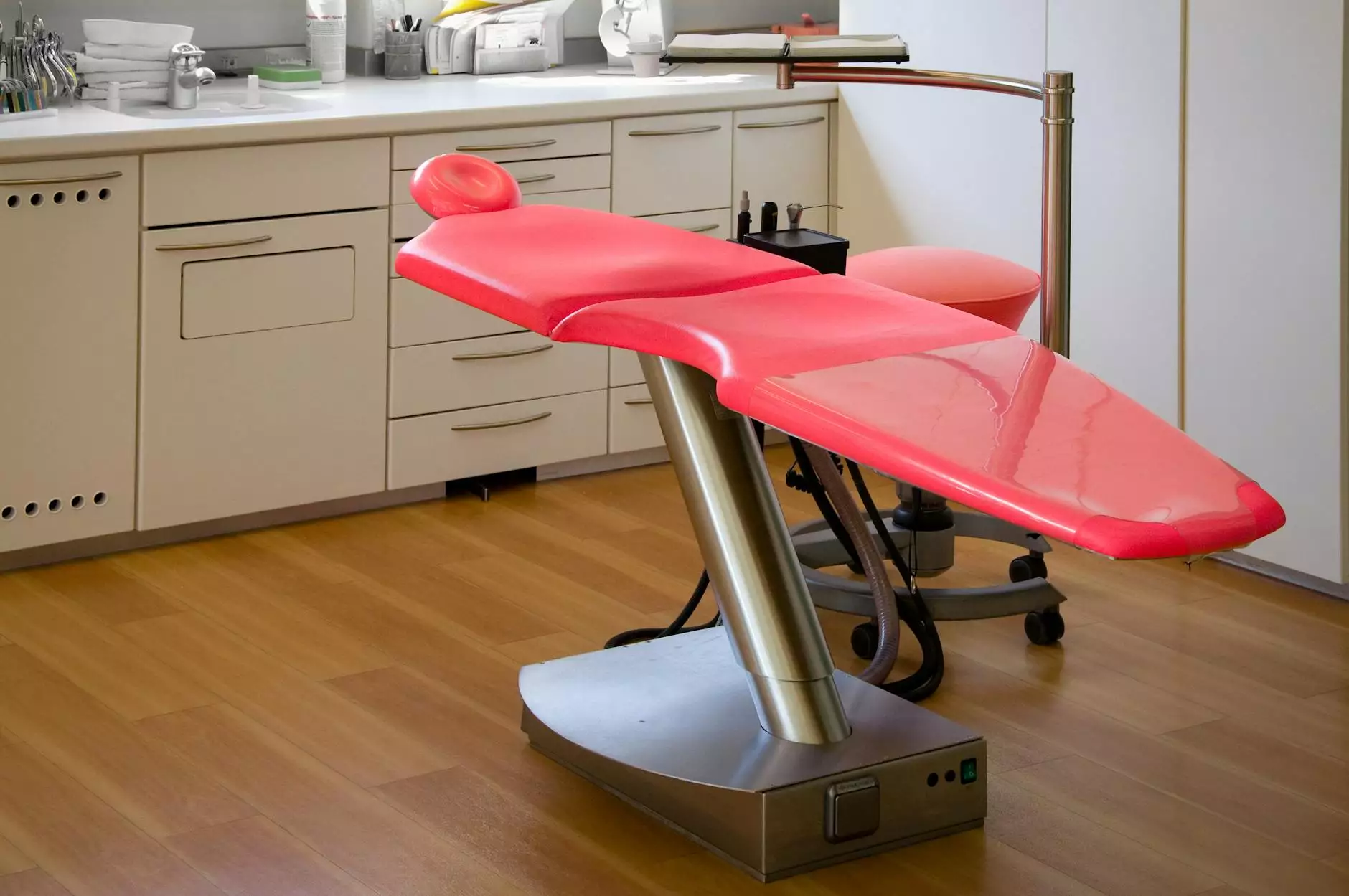Understanding Revision Rhinoplasty: A Comprehensive Guide
What is Revision Rhinoplasty?
Revision rhinoplasty, often referred to as secondary rhinoplasty, is a surgical procedure aimed at correcting or improving the results of a previous rhinoplasty. The initial surgery may not have met the patient’s expectations, may have resulted in functional issues, or may require corrections to aesthetic imperfections. This guide delves into the intricacies of revision rhinoplasty, its benefits, considerations, and the importance of choosing the right surgeon.
Why Consider Revision Rhinoplasty?
Individuals may consider revision rhinoplasty for several reasons, including:
- Unsatisfactory Aesthetic Results: The new nose does not align with the patient's vision or has been affected by complications.
- Functional Issues: Breathing difficulties or nasal obstruction caused by inadequate correction in the first procedure.
- Changes Over Time: Natural aging or alterations in tissue can lead to unwanted changes in the nose’s appearance.
- Scarring or Deformity: Visible scars or deformities caused by poor healing or surgical technique.
The Revision Rhinoplasty Procedure
The process of revision rhinoplasty varies significantly depending on the unique needs of the patient and the initial surgery performed. Generally, the procedure involves:
Consultation
A thorough consultation with a qualified plastic surgeon is imperative. This includes:
- Discussing the previous surgery and the results.
- Gaining a clear understanding of the patient’s desired outcomes.
- Performing a physical examination to assess nasal structures.
- Utilizing imaging technologies or 3D simulations to communicate potential outcomes.
Preparation for Surgery
Patients should follow preoperative instructions, which may include:
- Ceasing certain medications that can increase bleeding risk.
- Avoiding smoking to enhance healing.
- Arranging for a responsible adult to provide transportation after the procedure.
The Surgical Procedure
The surgery typically lasts between 1 to 3 hours and may be performed under general or local anesthesia, depending on the complexity. The surgeon will:
- Reopen the previous incision or create a new one.
- Remove or reshape cartilage and bone to achieve the desired form.
- Utilize grafts if necessary, often taking donor tissue from the ear, rib, or nasal septum.
- Suture and gently close the incision, ensuring a tidy appearance.
Recovery from Revision Rhinoplasty
Recovery is critical to achieving successful results. Post-surgery care includes:
- Follow-Up Appointments: Keeping all scheduled appointments to monitor healing.
- Managing Swelling and Bruising: Applying ice packs and keeping the head elevated helps minimize swelling.
- Limit Physical Activity: Avoiding strenuous activities and heavy lifting to facilitate healing.
- Patience is Key: Swelling may take time to subside, and final results can be visible in several months.
Assessing Risks and Complications
Like any surgical procedure, revision rhinoplasty comes with risks. Potential complications include:
- Anesthesia Risks: Adverse reactions to anesthesia.
- Infection: Though rare, infections can occur.
- Scarring: Visible scarring at incision sites.
- Need for Additional Surgery: Sometimes, further surgery may be necessary for optimal results.
It is essential to discuss these risks thoroughly with your surgeon during the consultation phase.
Choosing the Right Surgeon for Revision Rhinoplasty
Selecting a skilled surgeon is crucial for a successful revision rhinoplasty. Here are some tips to help you choose the right professional:
- Board Certification: Ensure the surgeon is certified by the American Board of Plastic Surgery.
- Experience: Look for a surgeon who specializes in rhinoplasty, particularly revision cases.
- Before and After Photos: Review previous patients’ results to gauge the surgeon’s capabilities.
- Patient Reviews: Check testimonials and reviews from previous patients to understand their experiences.
The Psychological Aspects of Revision Rhinoplasty
The decision to undergo revision rhinoplasty often has psychological implications. It’s important for patients to:
- Set Realistic Expectations: Understand the limitations and potential outcomes of the procedure.
- Engage in Open Communication: Discuss feelings and concerns with both the surgeon and support system.
- Consider Counseling: Seeking counseling can help address any psychological distress from previous surgical experiences.
Emotional readiness plays a significant role in the overall satisfaction of the surgical outcome.
Cost of Revision Rhinoplasty
The cost of revision rhinoplasty can vary significantly based on multiple factors:
- Surgeon’s Experience: More experienced surgeons may charge higher fees.
- Surgical Facility: The location and type of facility can influence costs.
- Geographical Area: Prices may differ based on the region or city.
- Complexity of the Procedure: More complex cases will naturally incur higher costs.
Patients should inquire about the pricing structure during the initial consultation and consider financing options if needed.
Final Thoughts on Revision Rhinoplasty
Revision rhinoplasty offers an opportunity for patients to achieve their desired nasal aesthetics and improve functionality after a previous surgery. Making informed decisions, understanding the complexities of the procedure, and selecting a qualified surgeon are paramount to a successful outcome. If you are considering revision rhinoplasty, take the time to conduct thorough research and ensure you are prepared for the journey ahead.
Remember, with the right approach and the right professional, you can get closer to the nose you’ve always envisioned.
For more information about revision rhinoplasty and to schedule a consultation, visit Mustafa Bagli’s website.









